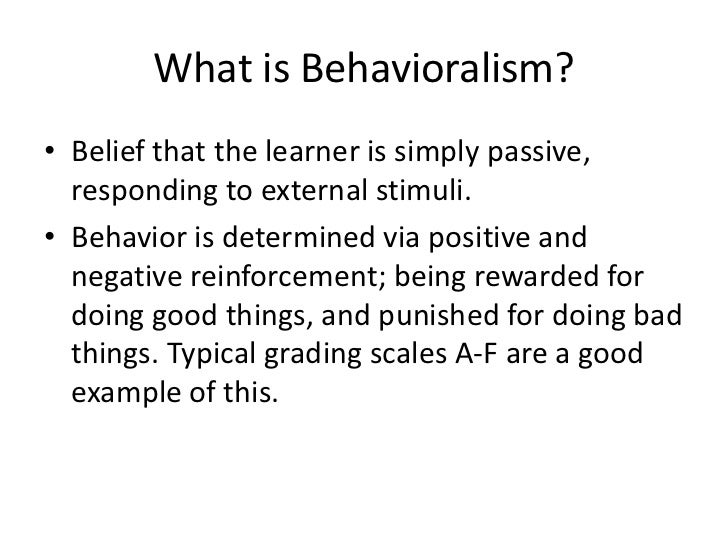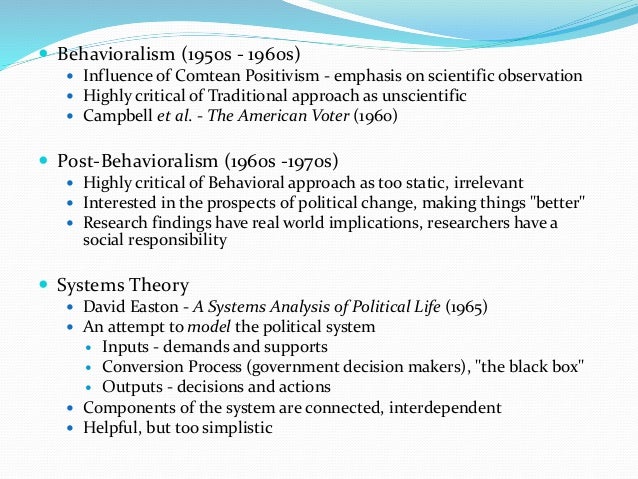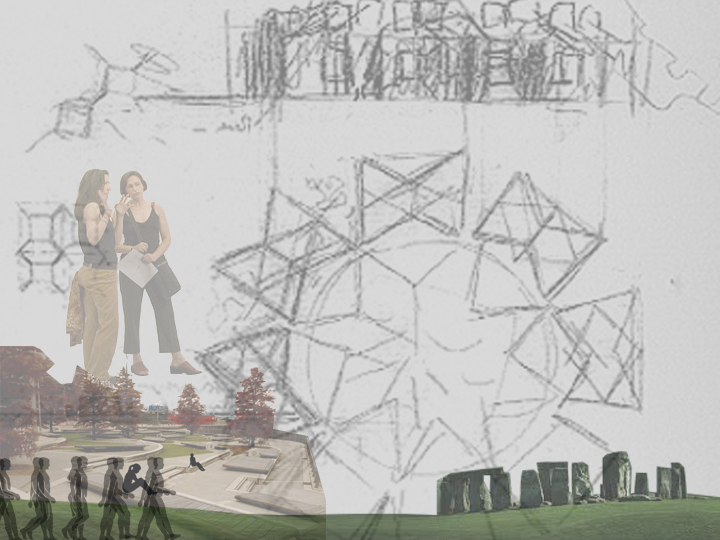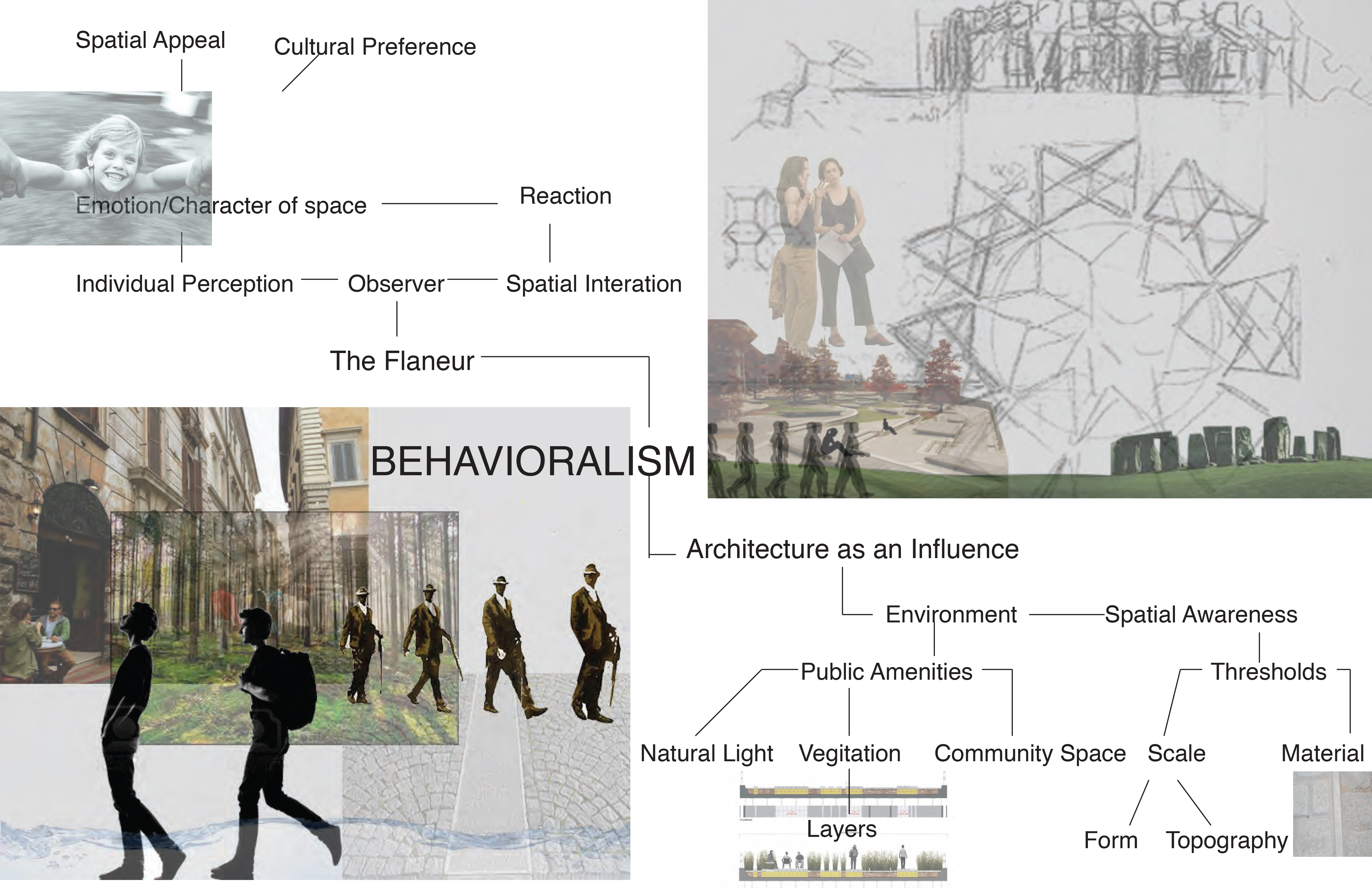Behavioralism
The Behavioralism is a strictly individualistic approach to research within political science that seeks to explain individual political behavior and collective political phenomena causally by means of methodological individualism. He makes to the behavior and the theory of action available.
The origins of Behavioralism lie in psychological research in the U.S. in the 1940s. Key pioneers were particularly Charles Merriam, Harold Lasswell (Chicago School), and also Gabriel Almond, Herbert Simon and David Truman.
In the empirical political science, it represents the currently most important flow and is conceptually and methodologically well developed. The focus within the analysis and comparison of political systems, attitude research, conflict studies, political parties and organizations research and policy analysis.
- 3.1 psychological personality traits
- 3.2 Social factors
- 3.3 political stimuli
- 4.1 Political Participation
- 4.2 Voting behavior
- 6.1 External links
- 7.1 Literature
Basics
Both behavioral and action theories capture characteristics of the people and develop very similar predictions. Behavioral theories make it deterministic causality statements (keywords causal, outside line, necessity ), theories of action, however, have a probabilistic causality understanding ( intentional, final, free will ).
Behavioral theory
Models
The initial, strict behaviorism combines with the animal behavior theory and the name Pavlov, for his famous dog experiment. Here Pavlov was in a dog alone by sounding a bell trigger salivation, when he was only previously trained by multiple times before always got to hear the ringing in connection with the feeding of the dog. He developed from the model of " classical conditioning " also known as " stimulus-response scheme " or " stimulus-response concept " (SR ) refers.
In the modified behaviorism not only external stimuli, a certain reaction takes place on the necessity, but also mental states such as emotions and consciousness ( Edward Thorndike ) act. In cognitive behavioral theories, these continue and include desires, needs, perceptions and beliefs of the people. These modify the reaction and are recognized in the model of the stimulus - organism -response (SOR concept).
Behavior as visible or mental activity can therefore be learned by stimuli. Rewards and punishments (positive and negative sanctions) reinforce this given stimuli.
Hypotheses
The general behavior theory impinges causality following statements:
Problem of cognitive dissonance
In reality, a person but often makes contradictory experience the same behavior. What is example of friends welcome ( and rewards ), this has not been long in the parents. In sum, the behavior is shown that the highest reward or punishment contributes the least ( " maximizing utility ").
Such an assessment against each other and off of various sanctions requires in each individual a clear preference hierarchy. However, people actually do not have such, and the preferences also contradict each other still partially. According to the theory of cognitive dissonance (Leon Festinger, 1957), are not matching cognitions of people ignored because they will otherwise lead to ( his self-image threatening ) internal stress states. Dissonant experiences are displaced.
Theory of Action
While the behavioral theory provides a strict causal relationship between stimulus, cognition and reaction, the theory of action perspective, and this is only probable relationships between the conceived as a person and his actions from people. Man as a personality not only responds, but continues in work processes consciously and creatively with its environment apart.
In the center so here is the intentional and interpretive behavior of man. The social phenomena are explained by the intentions, definitions of situations, actions and interactions of individuals.
Basic model
A person is the result of socialization processes in which occur the skills and motivations. The socialization leads since childhood to internalization of behavioral expectations of the outside world. These expectations on the part of primary and secondary reference groups such as family and friends will own motives for action. In addition, in the interaction with other is their own role, so evolved their own social position. Through role-taking occurs to generalize their own judgments, which becomes the basis of the abstract and of moral thinking. With M. Schmid can get a person defined as an "active and competent trading system that wins its identity as part of a linguistically mediated, and socially constructed process of socialization. "
In reality, since people always pursue several goals at the same time, it is to choose an action in a given situation need to organize your goals and establish a hierarchical order. This so-called preference order reflects not only the stimuli by the person, role and socialization.
The situations in which people act, change. These situations are understood as the sum of all restrictions for their own actions, such as scarcity of money, time or space, the actions and preferences of other people as well as the existing social norms and laws. People have to make themselves the definitions of the situation, ie they do not act on the basis of objective circumstances, but according to the subjective belief of how the situation is like. All human action thus takes place under uncertainty.
People are now focusing their social action from each other, so they interact with each other (strategic ) interaction. Due to this dependence of each of each results in a specific social situation in which people are by coordinating their actions, to cooperation, to the development of complex societies in the situation. But this can only succeed if a parallelizing the individual goals, expectations and options for action is made possible through socialization and Internalisierungsprozesse. Thus, certain expectations of action, for example, to social roles linked ( role expectations).
In the theory of action rules are restrictions on the action, as they exclude certain actions. By the rules of the theory of action are out of the plethora of possibilities for action, only a much smaller amount " allowed" as, ie not sanctioned selected. These include rights, ie freedom of action, and norms, ie rules, as will be traded or needs, for example in the custom or role expectations expressed Coming.
As long as people have agreed on common rules, one can speak of a successful integration process. Stable companies put such integration forward through interaction. Only if too many people differ, this action rules must be modified. For the individual, such rules are not just an annoying obstacle, but they also provide certain guarantees about reactions in certain activities is to be expected, and thus reduce the uncertainty principle of action impact assessment.
Types of theories of action
The various theories of action can be distinguished for rationality models and interaction models, which have rather enforced in empirical research rationality models.
Rationality models
Interaction models
General features behavioralistischer approaches in political science
The behavioralistischen approaches are strictly empirical- analytic, ie descriptive and value-neutral, oriented. They want to explain social phenomena modeled after the natural sciences, predict and analyze systematically. To this end, we restrict ourselves to phenomena that can be observed and provide quantifiable data as possible. It wants to operate not possible "pure research ", but applied research, which aims at solving a given political problems. Normative discussions are not treated as scientifically decidable.
A hallmark of Behavioralism is its interdisciplinary nature. In addition to the political science orientation is a close proximity to the sociology and psychology ( " political sociology "). Together, this is particularly the emphasis of survey methods, such as surveys and so-called "large -N studies", ie allowing statistical analysis (representative ) data sets with many respondents. Research focus is mostly all forms of political behavior and political participation, particularly voting behavior.
Explanatory factors of the political behavior
In political science do not distinguish precisely between the behavior and the concept of action. Politically thinks that this human behavior from the individual is meant politically and zeitigt political effect. Basically three explanatory factors can be used: psychological personality traits, social factors and political " stimuli ".
Psychological personality traits
The engine structure (eg, aggression ), motivations ( preferences, motivation ), but also the perception, cognition, and not least the value beliefs are the key psychological variables that have been used to explain political behavior and are.
On this basis, for example, Harold Laswell has his model of "democratic citizen " was developed, which must be an open person, the awarding by tolerance, trust in fellow citizens and freedom from fear. Theodor W. Adorno has been identified as characteristic of the " authoritarian personality " intolerance, conflict -averse, undifferentiated thinking and lack of confidence. Adorno herein seen a proximity to potentially fascist behavior. Milton Rokeach and Erwin tickler / Klingemann could empirically show that these features and the emphasis on the present ( while ignoring the past and future) are typical of all extremist orientations.
From a sophisticated theory of political behavior but we are still far away. So evident indeed, for example, that people are often apolitical with low self -esteem, as well as less flexible people. But as soon as both features, ie rigidity and low self-esteem, come together, there will not be a gain, but rather to an active political behavior.
Social factors
In the primary socialization (parents, family, friends) and secondary relationships ( organizations such as trade unions, churches ) are distinguished.
Paul Lazarsfeld could prove that the "main determinants of party success are the party of small attachments nonpolitical groups", ie the primary relationships. Children are politically therefore mostly the same as their parents set ( socialization hypothesis). To strengthen its own position, are usually also (unconsciously ) politically equal / similar -minded friends chosen (selection hypothesis). Secondary relationships to organization, however, are for the political behavior only relevant if these institutions also represent political positions.
Social indicators such as social class, income, education, occupation, residential area, etc. create commonalities with respect to values and beliefs, which feed back indirectly to the political behavior.
Political stimuli
The political determinants of political behavior in addition to the institutional restrictions (eg right to vote, the party system, opportunities for participation ) are particularly still, the political culture and ideology. Decisive for the action decision 's not the objective, but the subjectively experienced, interpreted situation. The political culture as the sum of prevailing in a society individual political attitudes (feelings, reviews and knowledge), it is an independent explanatory variable, since people are generally reluctant outsider. Ideologies as an expression of solidified political norms that have a political- normative design standards, constitute another motivation base on the influence of the situation assessment.
Application objects in political science
Political Participation
On the political participation are, inter alia, participation in elections, party memberships, visit political events, occupation of public office, activity in citizens' initiatives or NGO's expected. The goal is the pursuit of influence on political decisions.
Verba and Nye were able to show that the willingness to participate depends on the socio - economic status. The higher the status, the higher the participation. Empirical studies is further understood that economically well - off citizens in addition to this higher willingness also often have other clearer and political attitudes. From this theory of democracy consequences: The need for more citizen participation through direct democratic elements correspond to, is therefore likely to lead to a betterment of these people, if possible accompanied by education.
In particular, well-educated citizens are also the carriers of the diagnosed by Ronald Inglehart values change. In Western societies can then determine so a shift towards " post-material values," such as self-determination, environmental protection, peace. Especially this group also has a significantly higher willingness to participate. This increased willingness to participate was interpreted by an allegedly widespread dissatisfaction with the political system. Empirically, one finds, however, that the citizens well between her positions on specific policy, which the political system itself and distinguish the principles behind it. Increased participation intentions have mostly dissatisfaction with the specific policy as the cause.
Voting behavior
With elections, as the main mechanism of legitimacy in democracies, many theories and studies have been busy. The most important behavioralistischen explanations are:
Criticism
As criticisms of behavioralistischen approaches various points were raised:









